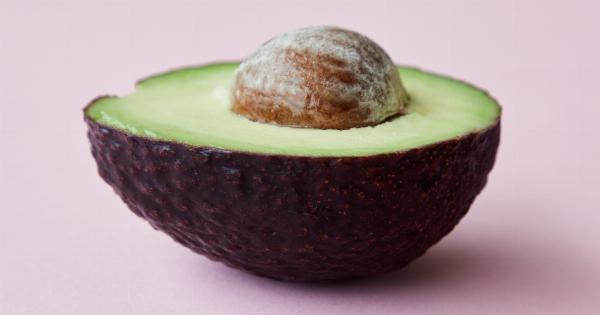Asthma is one of the chronic respiratory diseases that affect millions of people worldwide. Childhood asthma is a common respiratory disorder that affects children.
It is a chronic inflammatory disorder of the airways that causes repeated episodes of wheezing, breathlessness, chest tightness, and coughing. Childhood asthma is a significant health concern, and with proper management, children can enjoy healthy, active lives.
What Causes Childhood Asthma?
Asthma is caused by a combination of genetic and environmental factors. Genetic predisposition, environmental exposures, and the development of a particular immune response in some people results in asthma.
There are many known triggers of childhood asthma, including:.
- Allergens: Pollen, dust mites, pet dander, mold, and cockroaches can trigger asthma symptoms
- Infections: Viral infections, such as colds and flu, can trigger asthma symptoms
- Exercise: Physical activity can trigger asthma symptoms in some children
- Weather changes: Changes in temperature, humidity, and air pressure can trigger asthma symptoms
- Irritants: Air pollution, cigarette smoke, perfumes, and household chemicals can trigger asthma symptoms
What are the Symptoms of Childhood Asthma?
The symptoms of childhood asthma can vary from child to child, and they can range from mild to severe. The most common symptoms of childhood asthma include:.
- Wheezing: Whistling sound while breathing
- Coughing: A persistent cough, which may be worse at night or early in the morning
- Chest tightness: A feeling of tightness or pressure in the chest
- Shortness of breath: Difficulty breathing, rapid breathing, and shallow breathing
It is essential to note that not all wheezing or coughing in children means they have asthma. However, if the symptoms persist, consult a physician for a proper diagnosis.
Diagnosing Childhood Asthma
If your child experiences any of the symptoms mentioned above, it is essential to take him or her to a physician for proper diagnosis and treatment.
The diagnosis of childhood asthma is mainly based on a physical exam, medical history, and lung function tests.
The doctor may perform several tests to confirm the diagnosis. The commonly used tests to diagnose asthma in children include:.
- Spirometry: A test that measures the amount of air the child can exhale after taking a deep breath
- Peak Flow: A test that measures how fast air comes out of the lungs
- Allergy testing: A skin or blood test to identify if the child is allergic to any particular allergens
- Chest X-ray: A test that takes pictures of the lungs to rule out other respiratory problems
Treating Childhood Asthma
Childhood asthma is a chronic condition that requires ongoing management. Treatment for childhood asthma typically involves controlling the symptoms and preventing asthma attacks. The different treatments for childhood asthma include:.
- Inhaled Corticosteroids: This medication is used to reduce inflammation in the airways and prevent asthma symptoms from occurring
- Short-Acting Beta-Agonists: This medication is used to relieve asthma symptoms during an acute attack by relaxing the muscles in the airway
- Leukotriene modifiers: This medication aims to block leukotrienes, substances that play a role in inflammation, from binding to receptors in the airways
- Combination Inhalers: This medication contains both a corticosteroid and a long-acting beta-agonist to provide relief from asthma symptoms and maintain control of asthma
- Omalizumab: A medication that is used to treat severe asthma that is not controlled by other medications
It’s essential to work with your doctor to find the best treatment for your child’s asthma. Together, you can develop an asthma action plan, which outlines how to manage asthma symptoms and when to call the doctor.
Additionally, the doctor may recommend making environmental changes to reduce exposure to triggers.
Conclusion
Childhood asthma is a chronic respiratory disorder that affects millions of children worldwide. There are many known triggers of childhood asthma, including allergens, infections, exercise, weather changes, and irritants.
The symptoms of childhood asthma include wheezing, coughing, chest tightness, and shortness of breath. Proper diagnosis and management of childhood asthma can help prevent asthma attacks and improve the quality of life of your child.





























